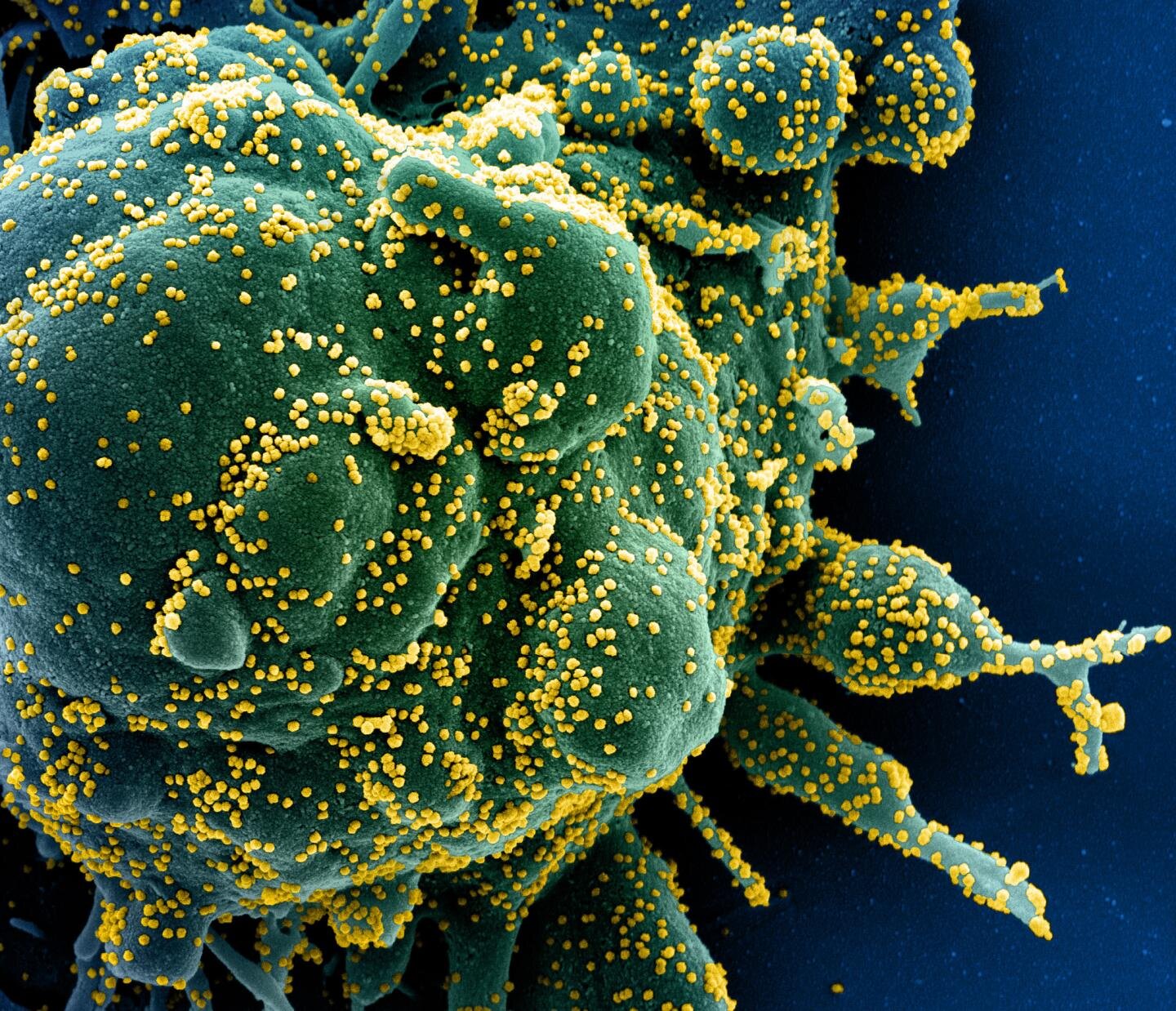In a collaboration between several groups involving the National Emerging Infectious Disease Laboratories (NEIDL), the Center for Regenerative Medicine (CReM), and the Center for Network Systems Biology (CNSB), scientists have created the first map of the molecular responses of human lung cells presented an infection with SARS-CoV-2. By combining bioengineered human alveolar cells with sophisticated, high-precision mass spectrometry technology, researchers at the Boston University School of Medicine (BUSM) have identified host proteins and signaling pathways in lung cells that change levels when infected with SARS-CoV-2, providing insights into the Enabling disease pathology and new therapeutic targets to block COVID-19.
They found that a crucial type of protein modification, called phosphorylation, becomes aberrant in these infected lung cells. The phosphorylation of proteins plays an important role in regulating protein function within the cells of an organism, and both protein abundance and protein phosphorylation are typically highly controlled processes in normal healthy cells. However, they discovered that SARS-CoV-2 messes up lung cells, resulting in abnormal changes in protein levels and the frequency of protein phosphorylation within those cells. These abnormal changes help the virus to multiply and eventually destroy the cells. The destruction of the infected cells can lead to widespread lung damage.
According to the researchers, once SARS-CoV-2 enters the lung cells, it quickly begins to utilize the cell's nuclear resources that are otherwise necessary for the cell's normal growth and function. “The virus uses these resources to multiply while avoiding an attack on the body's immune system. In this way, new viruses form, which then emerge from the exhausted and brutally damaged lung cells and leave them to self-destruct. These new viruses then infect other cells, where the same cycle repeats, ”explains the corresponding author Dr. Andrew Emili, Professor of Biochemistry at BUSM.
The researchers examined lung alveolar cells from one to 24 hours after infection with SARS-CoV-2 to understand what changes in the lung cells immediately (after one, three and six hours after infection with SARS-CoV-2) and what changes occur later (after 24 hours after infection). These changes were then compared to uninfected cells. All proteins from infected and uninfected alveolar cells that corresponded to the different time points were extracted and labeled with unique barcode tags called “tandem mass tags”. These tags, which can only be precisely detected with a mass spectrometer, allow a robust quantification of the protein and phosphorylation frequency in the cells.
“Our results showed that SARS-CoV-2 infected lung cells showed dramatic changes in the abundance of thousands of proteins and phosphorylation events compared to normally infected lung cells,” said Darrell Kotton, MD, Professor of Pathology & Laboratory Medicine at BUSM and Director of the CReM.
“Moreover, our data also showed that the SARS-CoV-2 virus induces a significant number of these changes as early as one hour post infection and lays the foundation for a complete hijack of the host lung cells,” adds Elke Mühlberger, Ph. D., associate professor of microbiology and principal investigator at the NEIDL.
"There are important biological traits that are specific to lung cells that are not reproduced by other cell types commonly used to study viral infections," said Dr. Andrew Wilson, Associate Professor of Medicine at BUSM and CReM researcher. "Studying the virus in the context of the cell type that is most damaged in patients is likely to lead to insights that we could not see in other model systems."
The researchers also analyzed their data to identify potential options for treating COVID-19, and found that at least 18 existing clinically approved drugs (originally developed for other diseases) were potentially re-used for COVID-19 therapy can be used. These drugs have shown tremendous promise in blocking the proliferation of SARS-CoV-2 in lung cells.

Translated with Deepl
Necromancy
##########################
If you like you can leave us a coffee for the effort and the time invested,
Thank you very much

As a precaution, the editors distance themselves from each article. The articles do not necessarily reflect the opinion of the editors, rather they only serve to free opinion. Nobody is perfect and error is possible. In addition: it is only information and does not necessarily have the attention of the editors.
As an Amazon partner, the blog operator earns qualified sales via the Amazon links inserted in the blog. Almost all of this earnings are converted into animal feed.
To comment on posts or to rate them with stars, you have to registered and logged in be. Not registered yet?

forest power

☘️ Kills all kinds of disease-causing germs through oxidation
☘️ Eliminates and drains heavy metals and environmental toxins
☘️ Increases performance...
"Chlorine dioxide is the most effective bacteria killer known to man."
Follow us on Telegram













